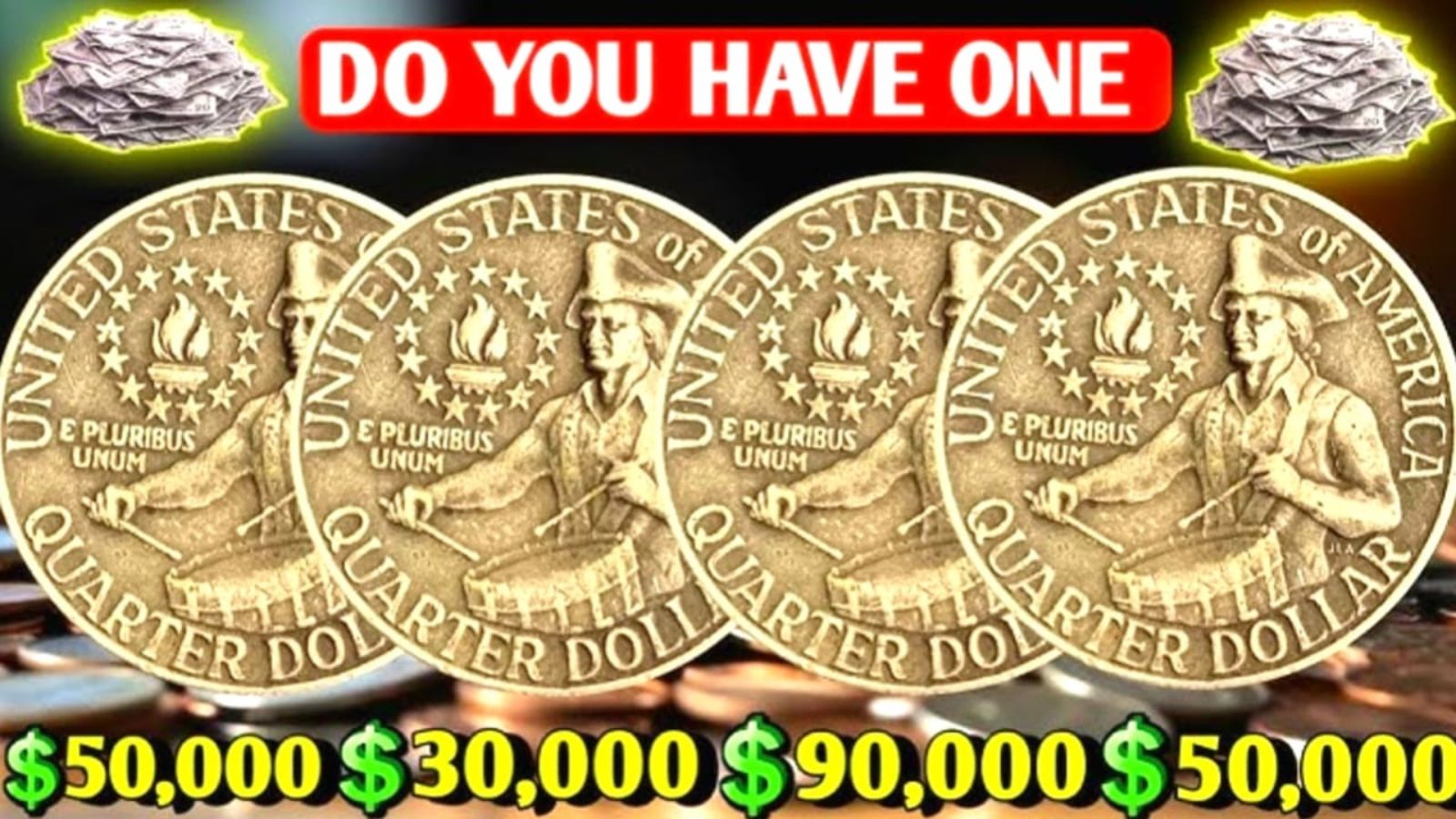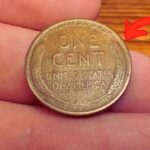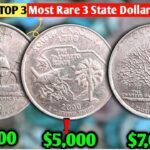The 1976 Bicentennial Quarter is one of the most recognizable coins in American history, celebrated for its unique design and historical significance. It was minted to commemorate the 200th anniversary of the United States’ independence and features a special reverse side with a colonial drummer boy instead of the traditional eagle. While millions of these quarters were produced and are still found in circulation today, some rare versions of the 1976 Bicentennial Quarter have fetched astonishing values—one of them is rumored to be worth nearly $97 million.
In this article, we will delve into the fascinating world of the 1976 Bicentennial Quarter, highlighting four exceptionally valuable variants, exploring what makes them rare, and helping you determine whether you might already have one in your possession.
The Lincoln Wheat Penny Valued at $305K, A Tiny Treasure Still in Circulation
Overview Table: Valuable 1976 Bicentennial Quarters
| Quarter Type | Key Feature | Estimated Value |
|---|---|---|
| 1976 Bicentennial Quarter (Error Coin) | Struck on silver planchet | Up to $97 million |
| 1976-S Proof Quarter (No Mint Mark Error) | Proof coin without “S” mint mark | $35,000 – $50,000 |
| 1976-D Doubled Die Quarter | Doubling on date and letters | $20,000 – $35,000 |
| 1976 Clad Quarter With Off-Center Strike | Design misaligned during minting | $5,000 – $15,000 |
1. The $97 Million 1976 Bicentennial Quarter
The crown jewel of Bicentennial Quarters is the one allegedly worth close to $97 million. This extremely rare coin is said to have been struck on a silver planchet—a metal blank intended for another denomination. While the U.S. Mint produced some silver quarters in special sets, this specific coin appears to be an error from standard circulation. The extraordinary value comes not only from its rare composition but also from its immaculate condition and the possibility of being a unique specimen.
How to Identify It:
- It has a bright, silvery sheen.
- Lacks the copper-nickel layering visible on regular quarters.
- Might weigh slightly more or less than standard quarters (5.67 grams for copper-nickel).
- Exhibits a flawless and sharp strike.
A coin like this, if authenticated, would likely set new records in the numismatic world.
2. 1976-S Proof Quarter Without Mint Mark
Proof coins are specially made with polished dies and planchets to ensure a mirror-like finish. The San Francisco Mint struck many of these in 1976, usually marked with an “S” under the date. However, a small number have surfaced without this mint mark, believed to be the result of minting errors.
Key Characteristics:
- No “S” mint mark under the year 1976.
- High-definition, glossy finish typical of proof coins.
- Exceptionally sharp edges and fine details.
Estimated Value: Between $35,000 and $50,000 depending on condition and grade.
3. 1976-D Doubled Die Quarter
Doubled die errors occur when a coin die strikes the design more than once in slightly different positions, leading to visible duplication. On the 1976-D Bicentennial Quarter, this error is most commonly found on the obverse text.
What to Look For:
- Doubling in “IN GOD WE TRUST” and “LIBERTY.”
- A doubled date “1976.”
- Close examination under a magnifying glass reveals overlapping or shadowed letters and numbers.
Market Value: These quarters have sold for $20,000 to $35,000 depending on the visibility of the doubling and the coin’s preservation.
4. Off-Center Struck 1976 Bicentennial Quarter
An off-center strike happens when a coin isn’t properly aligned during minting, causing the design to appear misaligned. While minor off-center errors are common and worth little, significant ones (especially with visible dates) can fetch high prices.
How to Identify:
- A portion of the coin is blank or only partially struck.
- The design appears shifted to one side.
- The date 1976 is still visible, which is crucial for collector interest.
Value Range: From $5,000 to $15,000 depending on the degree of misalignment and condition.
Why Are Some 1976 Bicentennial Quarters So Valuable?
Although over 1.6 billion Bicentennial Quarters were minted, the valuable ones are anomalies. Here are the main reasons certain quarters stand out:
- Minting Errors: Mistakes like missing mint marks, doubled dies, or wrong planchets.
- Limited Production: Special proof versions or experimental runs.
- Condition: Coins in uncirculated or mint state condition are always worth more.
- Composition: Coins made from silver instead of the standard clad composition.
Collectors are always willing to pay a premium for unique, well-preserved pieces that tell a story or offer insight into the minting process.
How to Check If You Have a Rare 1976 Bicentennial Quarter
Before you dismiss your change, here are a few tips to see if you own a valuable version:
- Check the Date: Ensure it reads 1776–1976.
- Examine the Reverse: Look for the drummer boy design.
- Inspect the Edge: Genuine silver coins will lack a copper stripe.
- Use a Scale: Weigh the coin—silver planchets will have different weights.
- Look for Errors: Use a magnifier to detect any doubling, off-center strikes, or missing mint marks.
If a coin appears unusual, consult a professional coin grader or dealer. Never clean the coin, as this could significantly reduce its value.
FAQs About the 1976 Bicentennial Quarter
1. Are all 1976 Bicentennial Quarters valuable?
No, most are worth face value. Only rare variants with errors or special features have high values.
2. What makes the $97 million quarter so unique?
It’s believed to be a mint error struck on a silver planchet, possibly unique in existence.
3. Can I find these coins in circulation?
Yes, though very rare, they sometimes appear in coin jars or old collections.
4. How can I get my coin appraised?
Contact a reputable dealer or grading service like PCGS or NGC for authentication.
5. Should I clean my coin before selling it?
No. Cleaning can damage the coin and reduce its value.
Final Thoughts
The 1976 Bicentennial Quarter is more than just a nostalgic coin; it holds the potential to be a life-changing treasure. While the vast majority are common and carry no more than their 25-cent face value, rare variants due to errors, materials, or proof production can command thousands—and even millions—of dollars.
So the next time you dig into your change jar or receive coins at the store, don’t overlook the 1976 Bicentennial Quarter. That little piece of history could be the hidden gem you never expected to find.
Some Important Link
| Download News APP | Click Here |
| WhatsApp Group | Click Here |
| Home Page | Click Here |










